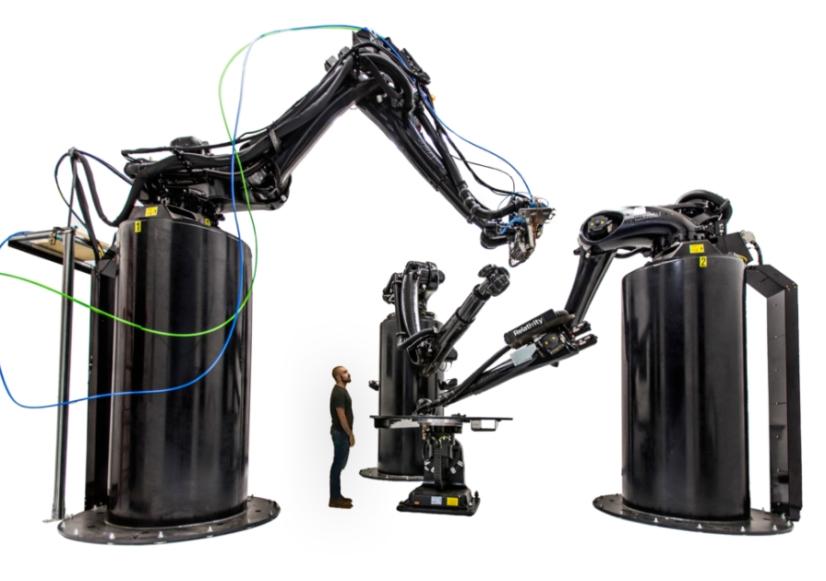Injection molding is the most used mass production method for forming thermoplastics into shape. In this process hot liquid thermoplastics are shot into a injection mold and are cooled down before they were released out of the mold. This process besides thermoforming are the best for the physical performance of the produced parts out of thermoplastics. 3d-printing is mostly based on linear extrusion in a XY-matrix and stacked in Zlayers. The adhesion between the extruded lines are in XY-direction as well as in Zdirection based on the overlap between the printed paths. Liquid new material is printed over cooled down already printed paths and they connect to each other but the connection is not as stable as in solid parts made out of injection molding machines.
“The lower strain can most likely be attributed to the internal structure of the parts. Compared to AM processes, injection molding typically has lower porosity and greater homogeneity, leaving fewer imperfections in the structure of the material to encourage crack propagation. “ Research Credit: Matthias Fischer and Stefan Josupeit from DMRC (Direct Manufacturing Research Center)
MULTI-DIRECTIONAL LAYER PRINTING
PHYSICAL PROPERTIES OF FDM
Physical Properties of FDM (Fused Deposition Modeling )
For 3d-printing an object we have to notice that the printing orientation is crucial for the tensile strength . A side overlap whether its in XY-direction or in Z-direction has less tensile strength than the printing path itself. The solution for the XY-overlap is to rotate the printing paths on the next layer to get a cross-shaped stable compound .
Researchers found out that 3d-printed parts made with FDM could withstand a force of up to 148 MPa in XY-Direction and in ZDirection as well as in every 2-dimensional overlap up to 40 MPa. Researchers at DMRC generated standard stress-strain curves to compare the stresses of FDM with traditional injection molded parts. They found out that : “The FDM part printed in the X-direction performed equivalently to the injection molded part in stress, but fractured at a much lower strain. “
28





























